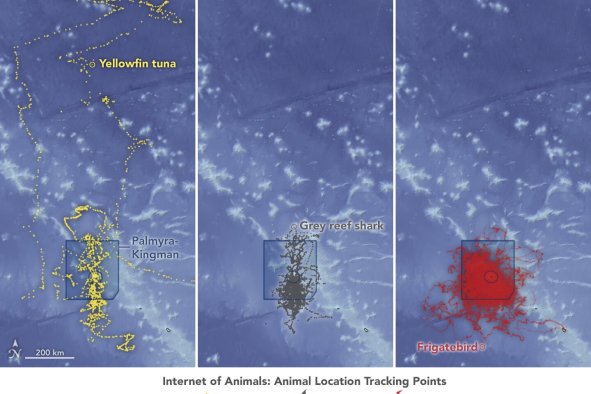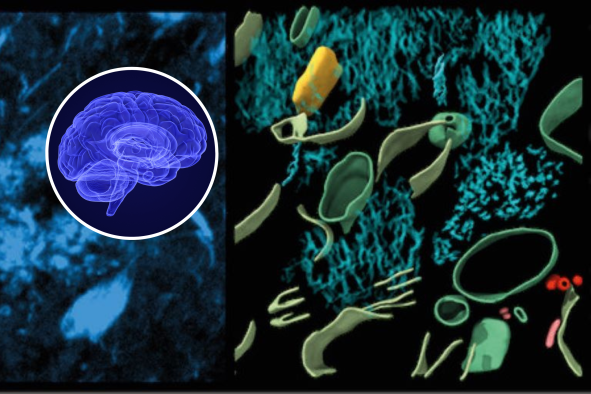Researchers have uncovered evidence of what appears to be a prehistoric "quicksand trap" that caused the demise of elephants more than a million years ago.
In a study published in the Journal of Iberian Geology, a team of researchers from institutions in Spain examined an archaeological site called Fuente Nueva 3 (FN3), which is in the province of Granada in the south of the country.
This area preserves some of the earliest evidence of human presence in Western Europe—in the form of carved stones dated to around 1.4 million years ago.
The area also has preserved manuports, which are unmodified stones that were used as percussion tools to fracture bones and access the marrow. They may also have been used as throwing weapons to scare away predators.
Besides these, the area contains numerous fossils of large mammals—some of which preserve man-made marks associated with skinning, butchering and marrow processing activities—not to mention bones with tooth marks produced by scavenging carnivores.
Analysis of the archaeological layers below the ground revealed that one in particular appeared to consist of fine and very fine sands. These fine sands, deposited close to a prehistoric lake that once existed in the region, could have functioned as quicksand, according to the researchers.
The study indicates that this natural quicksand trapped large prehistoric herbivores—including an extinct elephant species, Mammuthus meridionalis, the remains of which are preserved in the layer—because of the significant weight of their limbs.
Analyzing the remains in the layer, the authors propose that the half-sunken carcasses of "megaherbivores," which occasionally got stuck in the quicksand, attracted scavengers. These scavengers included both hyenas and prehistoric humans, which fed on the stricken animals. This is evidenced by the presence of carved stone tools left behind by the humans and hyena coprolites (the fossilized excrement of the animals) that were associated with the megaherbivore remains.
"Quicksand can potentially be a deadly trap for wildlife," the authors wrote in the study. "After an animal sinks into quicksand, the viscosity of the sediment increases due to the separation of the quicksand into two phases: a water-rich phase and a sand-rich phase. This causes an animal trapped in quicksand to sink deeper when it moves trying to escape from the quicksand trap.
"In such an environment, viscosity can reach such high levels that an animal may require a force up to three times its weight to free itself from the sediment," the authors said.
However, while this quicksand would have been deadly for the megaherbivores, the hyenas and prehistoric humans were seemingly able to roam the surface of it without risk of sinking.
"Mud entrapment is a relatively common phenomenon today in Africa because elephants and other large mammals venture during drought episodes into drying dams in their quest for drinking water and taking mud baths," the authors wrote.
"Giant naked-skinned animals such as elephants, rhinoceroses and hippos usually wallow in mud to thermoregulate and protect themselves from insect bites and parasites. However, their huge size poses a risk of being mired in the mud," the authors said.
In the study, the researchers highlight one modern-day entrapment event in which a mother elephant and her calf became stuck in a muddy water hole during the height of the 2019 dry season in Zimbabwe's Mana Pools National Park.
"Eventually, the calf was eaten alive by a pack of spotted hyenas and the mother succumbed days later, probably due to dehydration," they wrote.
The latest study's findings represent a "very important milestone" for our understanding of the subsistence strategies of these early Europeans, shining a light on their competition with hyenas for access to carrion meat, according to the authors.
"It is the first time a natural trap with these characteristics has been described in a fossil deposit of special interest to human evolution," the researchers said in a press release from Spain's University of Málaga.
Do you have a tip on a science story that Newsweek should be covering? Do you have a question about archaeology? Let us know via science@newsweek.com.
Disclaimer: The copyright of this article belongs to the original author. Reposting this article is solely for the purpose of information dissemination and does not constitute any investment advice. If there is any infringement, please contact us immediately. We will make corrections or deletions as necessary. Thank you.



